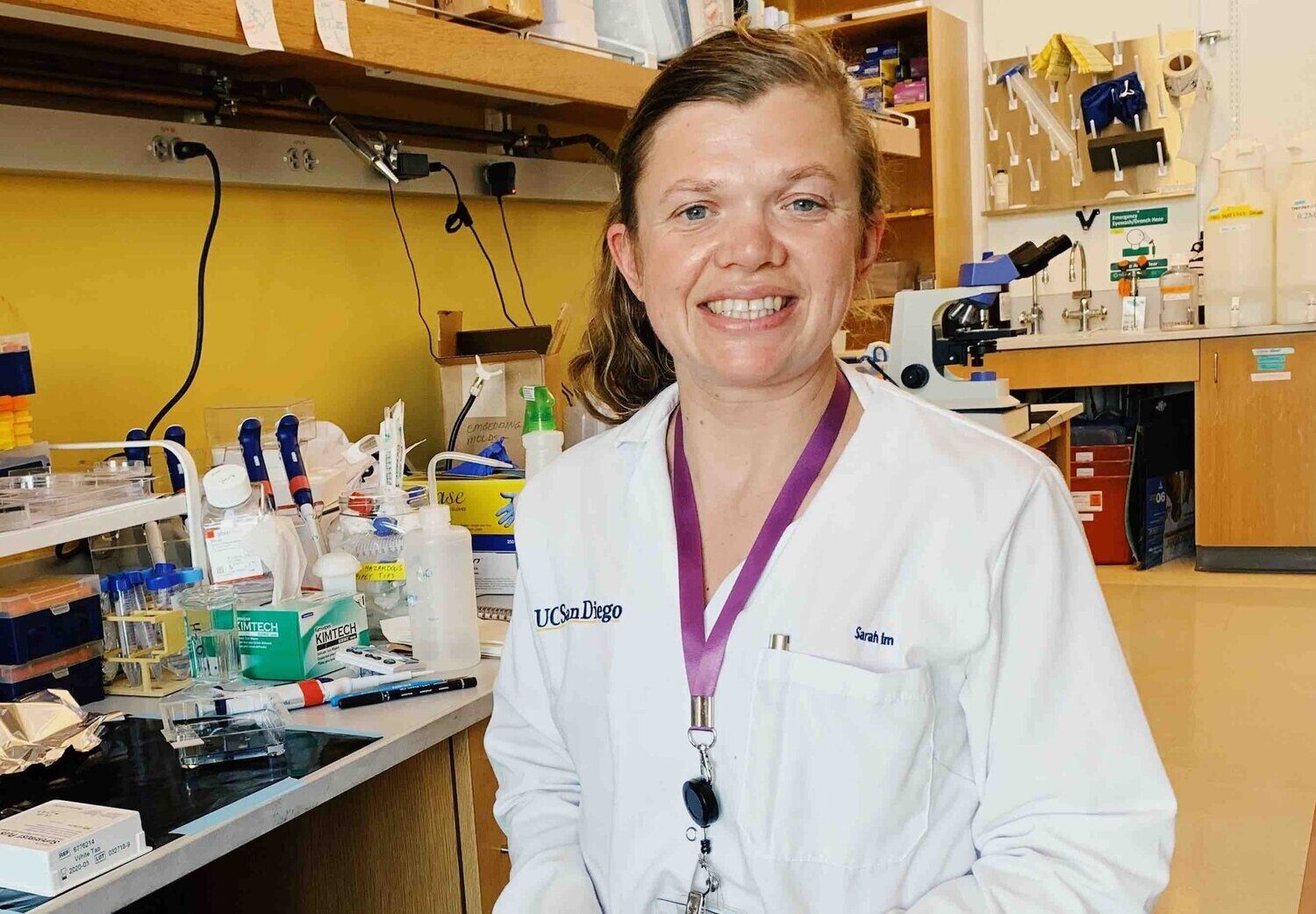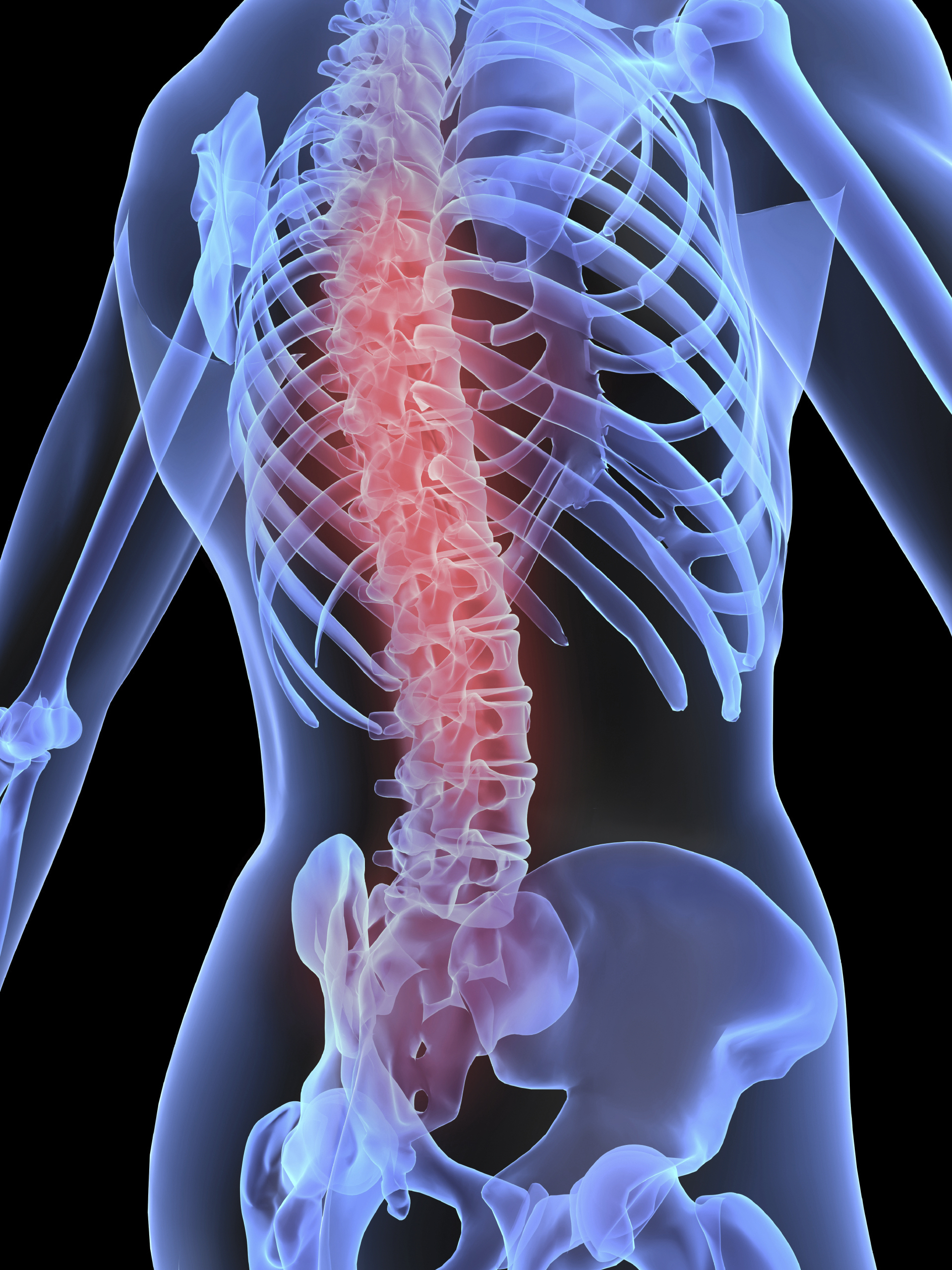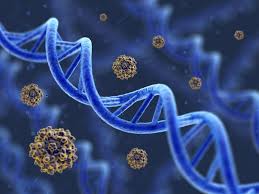What you need to know
- Animal studies show promise in spinal cord injury recovery, but differences between animal and human spinal cords pose challenges in translating findings.
- Researchers have developed a “human brain-spinal cord in a dish” model which aims to mimic the complexities of the human nervous system.
- Using this model, researchers will focus on studying the intricate biochemical pathways which influence the formation of neuronal connections, which underpin muscle function, enabling recovery of function.
In a nutshell
Recent results from animal studies have been very promising, with some achieving axonal regrowth, demonstrating a potential for recovery of function following spinal cord injury. However, the spinal cord is significantly different in animals and humans due to the complexities of their anatomical structure, neural organization, and functional capabilities. This poses a significant challenge in translating research findings to humans.
To bridge this gap in translatability, a research team in Cambridge have developed a pioneering model that they are calling a “human brain-spinal cord in a dish”. The model aims to represent the complex cellular environment of the human central nervous system and will allow researchers to study how neuronal connections are made and identifying molecules that can be targeted to promote recovery of function. Researchers are particularly interested in a molecule called ephrin-B1 which interacts with other molecules such as STAT3 and TSP-1 to influence how neurons connect with one another. It is hoped that once researchers can better understand the intricacies of these neuronal pathways, they are able to identify new drug targets that can promote spinal circuit recovery following injury.
How this supports our goal to cure paralysis.
This project uses a human stem cell derived “model in a dish” to understand the complex neuronal pathways that are affected following spinal cord injury. Through investigating these pathways, researchers hope to identify relevant molecules that can be targeted by drugs. This can promote re-connections of neurons which are otherwise damaged as a result of spinal cord injury, re-establishing these lost connections is crucial for muscle function and movement.
Importantly, these experiments use a human model, results are therefore anticipated to be easily translatable to clinical trial stage and therefore quickly available to the spinal cord injury community.



